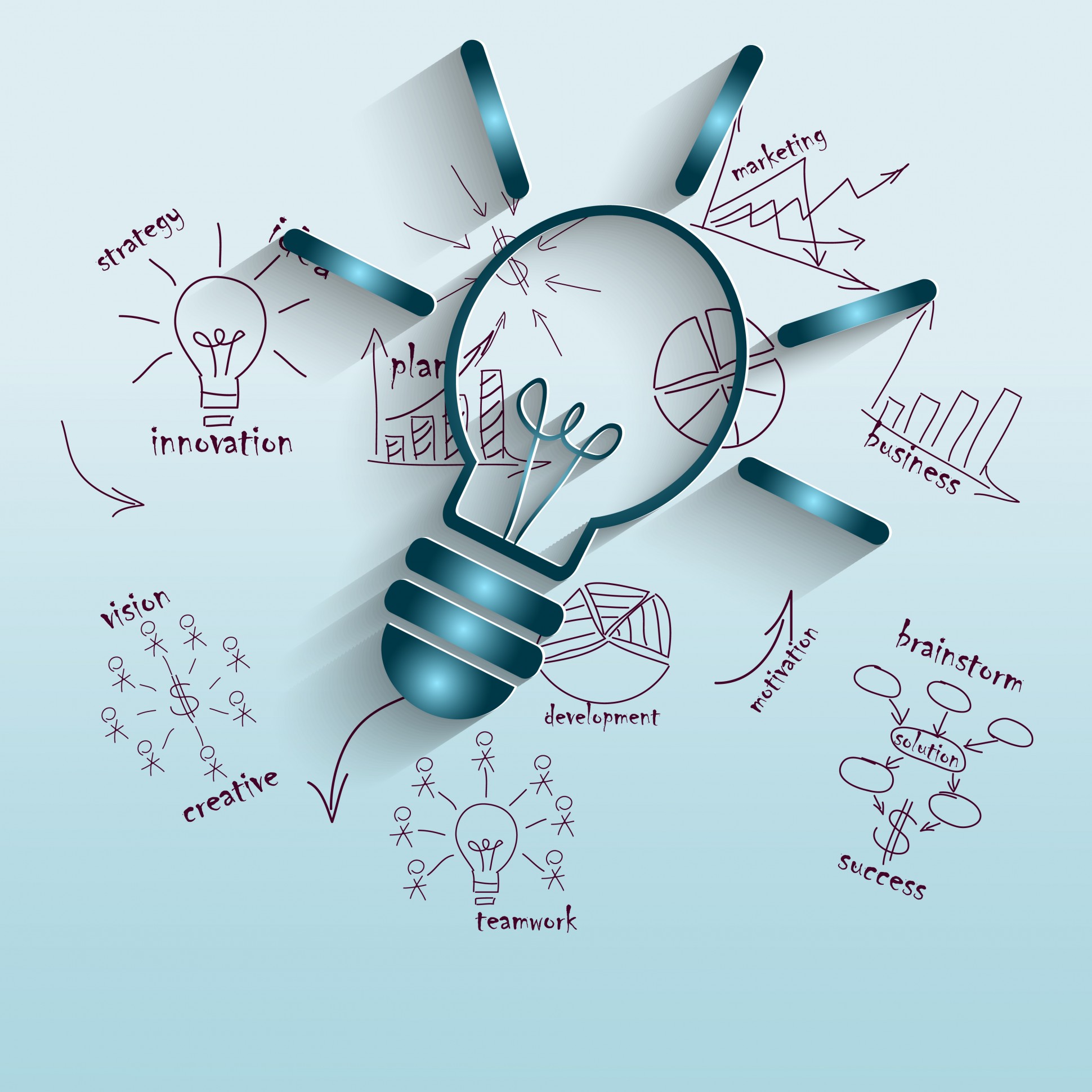#Leadership : 3 Ways Walking Away From Your Desk Makes You Smarter…When the Body Moves the Brain Functions Better.
Exercise can improve concentration, learning, creativity and memory. Basically, moving more makes you smarter, mentally faster and more creative. And all of that helps you to grow your business.
When you’re running a business, you need to think clearly, learn fast and find creative solutions to pressing problems. While you’re probably pretty good at these things, it’s likely you could be better. You can improve just about every mental power in your entrepreneurial arsenal by doing one thing – moving more.
Most people believe that sitting at a desk for hours on end gets loads of work done. We certainly live in a culture that valorizes putting in long days at the office. Which often means, putting in long days in our chairs. Unfortunately, we’re learning that our productivity declines as our sitting increases. Those long hours at the desk have diminishing returns. The brain functions better when the body moves.
Here are three huge mental benefits to moving more.
1. Think clearer.
A recent study showed that by working at standing desks, students could improve test scores by 20 percent. Think about how that could translate to your daily performance.
The more you can move around during the day, the more focused, alert and mentally capable you become. Why? Because you’re increasing blood flow – nutrients and oxygen — to the brain. No wonder those test scores went up.
Another study revealed that children who did aerobic exercise for 20 minutes before writing math tests improved their scores. It also showed that children, who regularly exercised, had larger regions of their brains related to attention, controlling their thoughts and restraining impulses. These mental strengths help us maintain focus, and follow through on our intentions. These results were confirmed in young adults too, so it’s not just children, who benefit from exercise before mental tasks.
Take a walk or climb some stairs before you meet with a new client or make an important presentation. You will be more focused, attentive and mentally clear.
Related: 7 Reasons the CEO Should Get Outside to Exercise
Like this Article ? Share It ! You now can easily enjoy/follow/share Today our Award Winning Articles/Blogs with Now Over 2.5 Million Growing Participates Worldwide in our various Social Media formats below:
FSC LinkedIn Network: (Over 15K+ Members & Growing !) www.linkedin.com/in/frankfsc/en
Facebook: (over 12K) http://www.facebook.com/pages/First-Sun-Consulting-LLC-Outplacement-Services/213542315355343?sk=wall
- Google+: (over 800K)https://plus.google.com/115673713231115398101/posts?hl=en
- Twitter: Follow us @ firstsunllc
educate/collaborate/network….Look forward to your Participation !
Continue of article:
2. Learn faster.
Another study of children in the UK found that 15 minutes of exercise improved learning in math by about a quarter of a grade and that the increments in performance continued right up to 60 minutes – meaning that 60 minutes of activity made it possible to boost learning and academic performance by a full grade.
And a recent study, focused on adults, showed that as little as 20 minutes of yoga can improve brain function.
According to Neha Gothe, it appears that following yoga practice, the participants were better able to focus their mental resources, process information quickly, more accurately and also learn, hold and update pieces of information more effectively.
Our brains are more receptive to learning; learn more quickly; and maintain our learning over time when we move our bodies more.
Related: Exercise Is One Thing Most Successful People Do Everyday
3. Be more creative.
Bob Marley did some very interesting things to supercharge his creativity and performance. Before concerts, Marley and his band would play soccer in the stadium, where they were going to perform. And before recording sessions, they would go down to the beach for soccer and a swim before heading into the studio. They found that if they played outside before playing music, they were better.
Exercise boosts creativity because it reduces stress, fear and anxiety, all of which interfere with our ability to imagine new possibilities. It’s hard to tackle an emerging problem, rethink a presentation or invent a new solution when distracted by stress or anxiety. Moving more opens your mind to creative possibilities and allows you to see things in a new way. Walking appears to be particularly effective at boosting creativity.
Exercise can improve concentration, learning, creativity and memory. Basically, moving more makes you smarter, mentally faster and more creative. And all of that helps you to grow your business.
Entrepreneur.com | September 28, 2016 | Greg Wells


